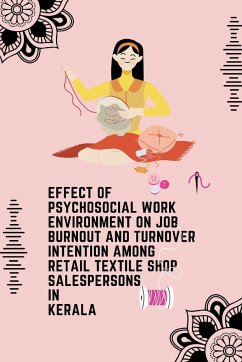The world's economic structure has shifted from manufacturing to service in the latter part of the twentieth century (EU-OSHA, 2014). Till the turn of the twenty-first century, the phrase "healthy organisation" was used to refer to a business's financial stability. Nowadays, a healthy workplace is viewed as composite well-being of various physiological, psychological, and social factors (Bowen & Ford, 2002). Work has changed over time, and the demands placed on workers have changed due to this shift in nature. As a result, the emotional and psychological strain has increased, while physical efforts have dropped or remained unchanged (Marmot et al., 1999; de Jonge et al.,1999). Even though mental and emotional difficulties exist in the manufacturing industry, they are not given much attention. (Hammer et al.,2004). Having a job is usually necessary for maintaining a stable income and socio-economic status. Apart from economic survival, a person's employment is essential for socialisation. It gives opportunities for individual progress and development, and a positive self-image is a critical social function that enables engagement in social networks beyond primary groups. Work and life are influenced by various circumstances, including the physical, social, psychological, political, and economic environment (Goetzel et al.,2002).








